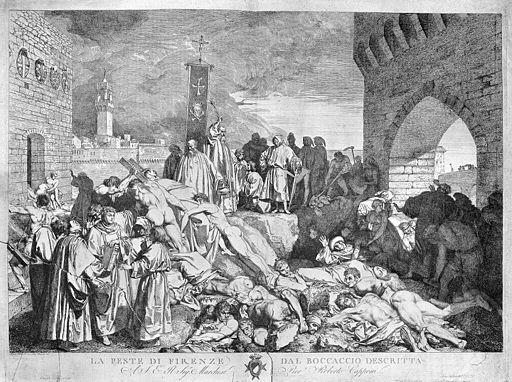Covid-19 coverage is everywhere and the spreading infection remains a concern for everyone, especially all the furor over testing, coming soon to your neighborhood. Rather than get into the back and forth about how late we are to the party and whose at fault, do you know exactly how the test works? The test’s complexity, a concern for false positives and negatives, are as much an issue is the regulatory red tape that needed to be cut.
“The first, PCR, or polymerase chain reaction, is a DNA amplification technique that is routinely used in the lab to turn tiny amounts of DNA into large enough quantities that they can be analyzed. Invented in the 1980s by Kary Mullis, the Nobel Prize-winning technique uses cycles of heating and cooling to make millions of copies of a very small amount of DNA. When combined with a fluorescent dye that glows in the presence of DNA, PCR can actually tell scientists how much DNA there is. That’s useful for detecting when a pathogen is present, either circulating in a host’s body or left behind on surfaces.
But if scientists want to detect a virus like SARS-CoV-2, they first have to turn its genome, which is made of single-stranded RNA, into DNA. They do that with a handy enzyme called reverse-transcriptase. Combine the two techniques and you’ve got RT-PCR.
Currently, RT-PCR is the only way to determine if a person has Covid-19.”
From Wired, Everything You Need to Know About Coronavirus Testing
As some of you may know, Dr. John Ioannidis has been at the forefront of making sure our scientific findings and conclusions with regard to healthcare are sound.
“At a time when everyone needs better information, from disease modelers and governments to people quarantined or just social distancing, we lack reliable evidence on how many people have been infected with SARS-CoV-2 or who continue to become infected. Better information is needed to guide decisions and actions of monumental significance and to monitor their impact.
Draconian countermeasures have been adopted in many countries. If the pandemic dissipates — either on its own or because of these measures — short-term extreme social distancing and lockdowns may be bearable. How long, though, should measures like these be continued if the pandemic churns across the globe unabated? How can policymakers tell if they are doing more good than harm?”
In his opinion piece from Stat, A fiasco in the making? As the coronavirus pandemic takes hold, we are making decisions without reliable data, he takes not so much a contrarian opinion but that of a skeptic who realizes that we are operating under a great deal of uncertainty and hopes that even as we shelter in place, we begin to look for the information we need to make good decisions in the next few months.
Does every cloud contain a silver lining? Probably not. But consider this.
“Below I calculate that the reductions in air pollution in China caused by this economic disruption likely saved twenty times more lives in China than have currently been lost due to infection with the virus in that country.”
From the website G-feed, COVID-19 reduces economic activity, which reduces pollution, which saves lives.
Finally, perhaps you remember those images of a line of climbers waiting their turn to summit Everest? It does seem like a long time ago.

From the Hustle, a follow-the-money account of the causes for those long lines. How Mount Everest became a multimillion-dollar business




